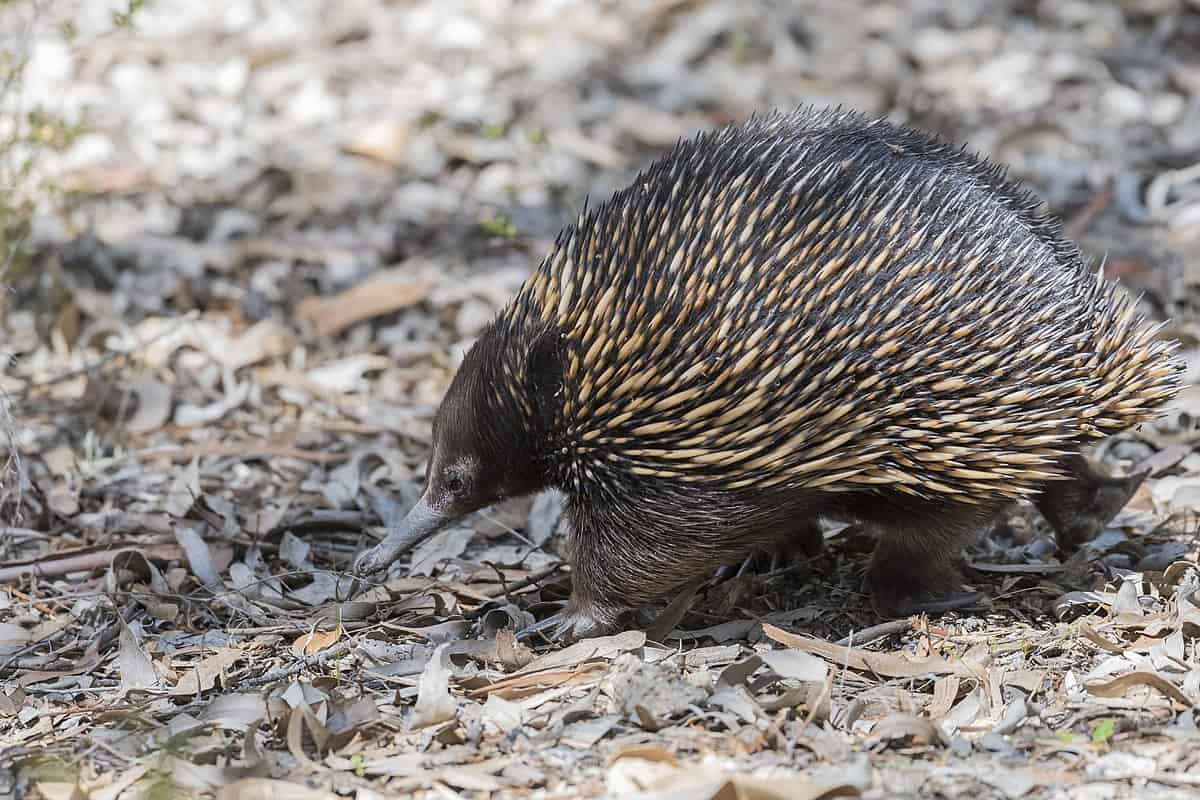Delightful Echidnas: A Spiky Subject for Curious Kids
Welcome, parents and little explorers! If you’ve ever stumbled upon a picture of a curious-looking, spiky creature and found yourself with a multitude of questions, you’ve come to the right place. In this comprehensive guide, let’s unravel the wonders of the echidna, a truly enchanting species that will captivate the imagination of kids and adults alike!
Meet the Echidna: An Introduction to Earth’s Spiny Solitaires
Often compared to hedgehogs or porcupines due to their prickly exterior, echidnas are actually quite distinct. Belonging to a group of mammals known as monotremes (which, interestingly enough, also includes the platypus), echidnas are egg-laying mammals – a rare trait that piques interest in the animal kingdom.
What Makes Echidnas Special?
Their exceptional qualities don’t stop at egg-laying. Echidnas are equipped with snouts that function both as a nose and a mouth, and they hunt for their food by sensing electrical signals from the bodies of insects and worms. To top it off, echidnas possess a formidable defense mechanism – their spines, which are actually modified hairs, provide protection from predators.
Echidna Habitat: Where Do These Spiny Insects Roam?
Echidnas have a wide range of habitats, from the frosty highlands to the heat of the desert. They are native to New Guinea and Australia, showcasing their incredible adaptability. Whether it’s in the forest underbrush, the arid outback, or the coastal woodlands, echidnas make their home where they can find shelter and food.
How to Spot an Echidna in the Wild
While echidnas can be somewhat elusive due to their solitary nature, your family might be fortunate enough to spot one during a nature walk or hike! They are often found rummaging through leaf litter or soil in search of their next meal. Remember to keep a respectful distance – it’s essential to preserve their natural environment and behavior.
Understanding Echidna Behavior: More Than Just Spikes
Contrary to their tough exterior, echidnas are fascinating creatures with unique behaviors. They are predominantly solitary, but they do come together during mating season in what’s known as an “echidna train” – a line-up of several males following a single female, trying to win her over.
Did You Know? Fun Echidna Facts!
- Echidnas are Toothless: They have no teeth! Instead, they use their long, sticky tongue to capture their prey.
- They Take Their Time: With leisurely hunting habits and slow metabolism, echidnas embody the saying, “slow and steady wins the race.”
- Incredible Diggers: Echidnas have strong claws perfect for burrowing underground where they can escape extreme temperatures—and nap!
A Peek Into The Echidna Diet: What’s On The Menu?
When it comes to dining, echidnas are not particularly picky. Their diet mainly consists of ants and termites. They have been known to eat other small invertebrates, making them a gardener’s friend by keeping pest populations in check.
How Echidnas Eat Without Teeth
As we’ve learned, echidnas do not have teeth, so how do they eat? Their tongue is key – it’s long and covered in sticky saliva, perfect for catching tiny critters. When they find a meal, they trap their prey on their tongue and grind them against the roof of their mouth, which has keratin ridges that act like a grater. Ingenious, right?
Nurturing Future Naturalists: How Parents Can Spark Echidna Interest
Parenting inquisitive youngsters means nurturing their natural curiosity about wildlife. Engaging children in learning about echidnas can encourage a life-long love for animals and conservation. Here are some interactive ways to get started:
Interactive Learning Ideas:
- Visit a local zoo or wildlife sanctuary that houses echidnas and participate in educational talks.
- Create an arts and crafts day focused on making echidna-related projects.
- Set up a backyard exploration to find critters that might be part of an echidna’s diet.
- Read children’s books together that feature echidnas as characters.
- Explore science videos and documentaries for a fun movie night with an educational spin.
We’ve just scratched the surface of the remarkable lives of echidnas. Keep this conversation spiky and stimulating by delving deeper into the more intricate aspects of echidna biology, their role in ecosystems, and conservation efforts. Remember, every curious question from a child is an opportunity to discover something new together. Eager for more echidna edification? Stick around for more fun facts and engaging activities!

5 Things Parents Should Know in Preparing for Echidna Encounters
1. Echidnas Are Not Cuddly Pets
Despite their cute appearance, it’s essential for parents to know that echidnas are not domestic animals and should not be approached as pets. Their spines can be sharp, and they are wild creatures that prefer to be left undisturbed. Teaching children to appreciate echidnas from a distance is crucial for the animals’ well-being and your little ones’ safety.
2. Echidnas Are Protected Species
In many parts of the world, including their native Australia, echidnas are a protected species. It’s against the law to harm or capture them. Explain to your children the importance of conservation laws and how they help preserve the delicate balance of our ecosystems.
3. Handling Echidnas Requires Special Care
If you do happen to encounter an echidna that is injured or in danger, it’s important not to handle it without proper guidance. Contact a local wildlife rescue or ranger service that can provide the correct care and assistance for the spiny creature.
4. Echidnas Are Great for Gardens
Should an echidna visit your garden, consider it a blessing! These animals are natural pest controllers, helping to keep ant and termite populations in check. Explain to your kids why it’s beneficial to have echidnas around, and create a natural habitat in your garden to encourage their visits.
5. Echidnas Can Hibernate or Go Torpid
Echidnas are unique in that they can enter a state of hibernation or torpor in extreme temperatures. This is a fantastic survival mechanism but means that they can sometimes be mistaken for being unwell. Educating your children about these behaviors will help them understand why an echidna might not be moving much and that it could be a natural part of its lifecycle.
Expanding Knowledge: Resources and Further Reading
As a parent, arming yourself with knowledge is the best way to guide your child’s discovery of the natural world. There are ample resources available for learning more about echidnas. Science books, wildlife documentaries, and even local wildlife experts can provide valuable insights into the life of an echidna. Gather articles, fun quiz sheets, and coloring pages for an enriching educational experience that goes beyond this guide.
The more we learn about these extraordinary creatures, the greater our appreciation grows for their role in the environment. By passing this appreciation on to our children, we encourage the next generation of wildlife enthusiasts and conservationists to care for the world around them. Whether it’s learning about the echidna’s peculiar habits or their surprising ancestry, every fact can be a stepping stone to new adventures in learning. And who knows? Maybe your little one will be the next great echidna expert!
For more great fun click here. For more information see here
Disclaimer
The articles available via our website provide general information only and we strongly urge readers to exercise caution and conduct their own thorough research and fact-checking. The information presented should not be taken as absolute truth, and, to the maximum extent permitted by law, we will not be held liable for any inaccuracies or errors in the content. It is essential for individuals to independently verify and validate the information before making any decisions or taking any actions based on the articles.




